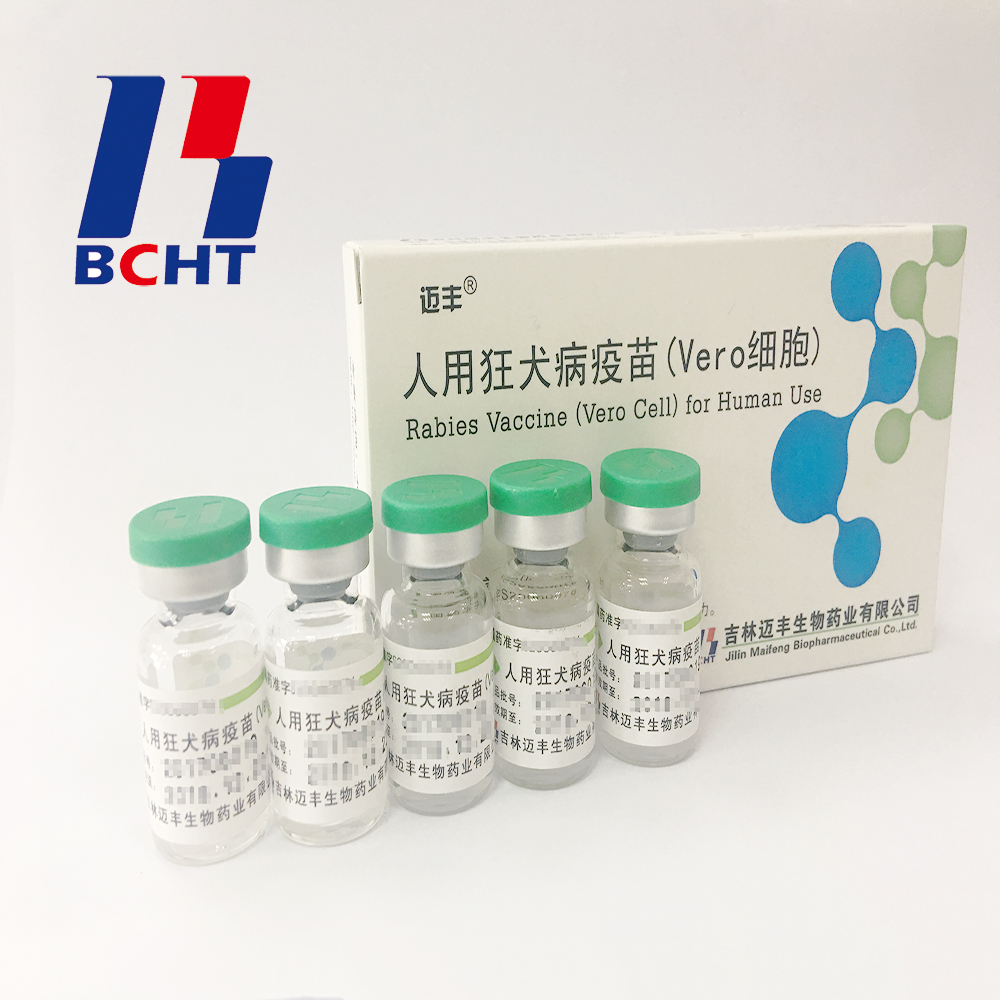Fenugreek, alias Lubaozi, vanilla and so on. Taking seeds as medicine, it has the effect of nourishing kidney, dispelling yang and dispersing pain. Because it contains gum, it is also an important raw material for refining vegetable gums. Fenugreek has not been planted since the market slumped in previous years and prices dropped. After a few years of inventory depletion, stocks gradually became weaker, and the supply of the market shifted from oversupply to supply. Some people have statistics, the current fenugreek stock is only enough for six months. The price has also gradually increased from the original 1.5 yuan to about 2 yuan, up to the current 3 yuan, and has continued to rise. Therefore, proper development of fenugreek production has become a top priority. The main points of its high yield cultivation techniques are as follows:
First, plant morphology: annual herb, plant height 30 to 80 cm. The whole plant has aroma and the stems stand upright. Hollow constant branches from raw, leaves alternate; 3 pinnate compound leaves; stipules connected with petiole. Flowers 1 to 2 flowers, without pedicels. Tube-shaped; corolla butterfly, yellow-white or white; stamens 10; pistil one. The pods are slender, slightly cylindric, slightly curved, and apex caudate. Most of the seeds, oblong circular light, the surface is not smooth. Each side has a deep ditch, with navel. Flowering from April to July. Fruit period from July to September.
Second, growth habits: Fenugreek warm, slightly dry climate. More drought, cold, afraid of high temperature and humid climate. Fear of ambiguity and joy in a sunny environment. The soil is not strict, and the soil is deep, loose and fertile loam rich in organic matter is better.
Third, soil preparation and fertilization: the soil is loose and fertile, organic-rich fields, intensive cultivation. In combination with site preparation, sufficient base fertilizer should be applied: 2000 kg of landfilled fertilizer per mu, 20 kg of urea, 50 kg of phosphorus and potassium fertilizer, or 50 kg of compound fertilizer containing 15% of ammonia, phosphorus and potassium.
Fourth, sowing: fenugreek seed propagation. The sowing period is autumn sowing and spring sowing. But mainly in autumn. Autumn sowing before and after the frost, spring before and after the Ching Ming. When sowing, the fenugreek seeds are evenly sowed on the whole surface with a hoe or seeder. 2 kg per acre sowing rate.
V. Field Management: After fenugreek seedlings, we should pay attention to cultivating and weeding. Dry water in time in dry weather, timely drainage in rainy weather. The pests and diseases were found to be controlled by conventional methods.
VI. Harvesting and Processing: Fenugreek is harvested before and after the small full-grown leaves and stems on the ground. When harvesting, the mature fenugreek plants are harvested with leeks, dried, threshed and dried. After the seeds are dried, they can be used as medicines for sale. Mu yield 300 kg.
Bulk of Rabies Vaccine For Human Use(semi-Finished Products)
1. The standard for internal control is higher than national standard. The Rabies Vaccine has high potency and has good immunogenicity.
2. The vaccine shows good safety with low ratio in adverse reaction. The product is suitable for large scope vaccination in exposure area.

Bulk Of Rabies Vaccine,Mild Bulk Of Rabies Vaccine,Stable Rabies Vaccine
Changchun BCHT Biotechnology Co. , https://www.ccbcht.com